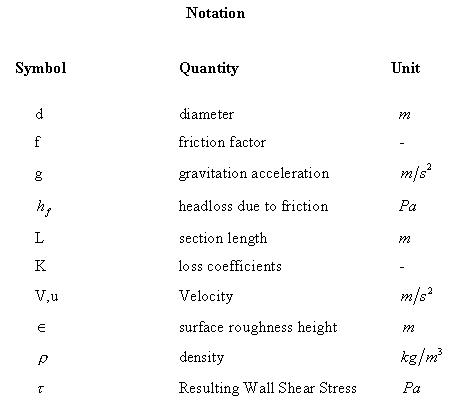It
can be seen from the equation that the greater the friction
factor the greater the frictional headlosses or pressure drop.
This restates that a pipe with a rough surface finish will
encounter the same pressure drop as a smaller pipe with an
improved surface finish.
It
has been extensively proved that the introduction of alterations
within a pipes internal geometry, bends, contractions, ect,
results in losses, as shown below. Head porting minimises
these alterations, and therefore the associated losses. |

